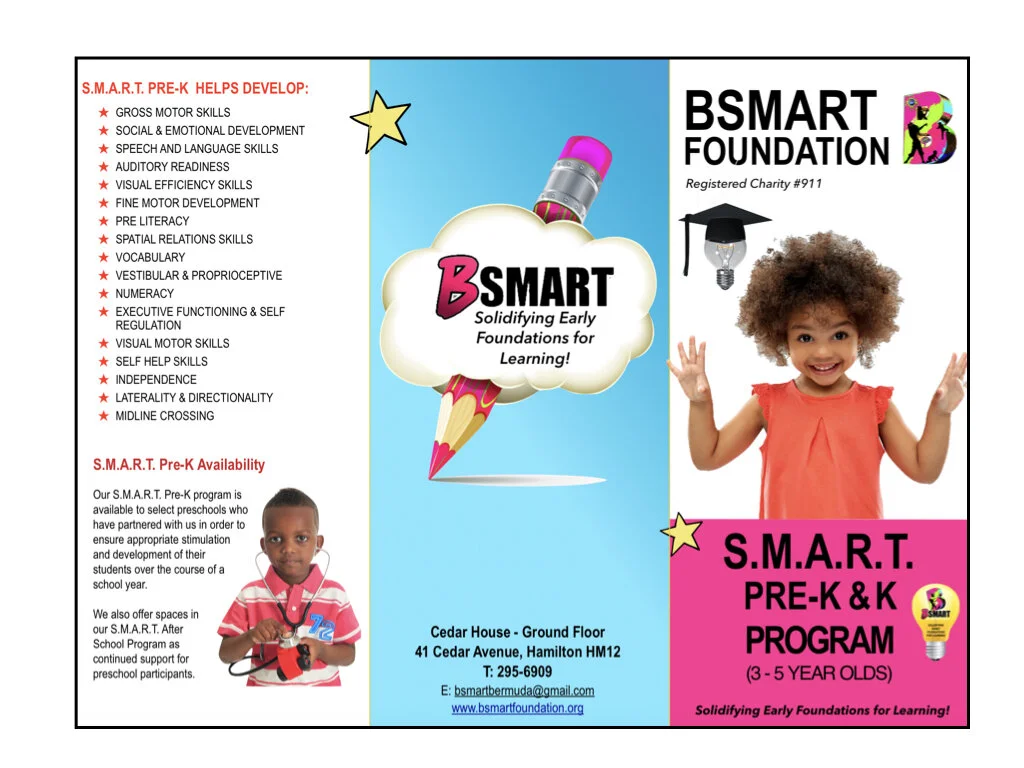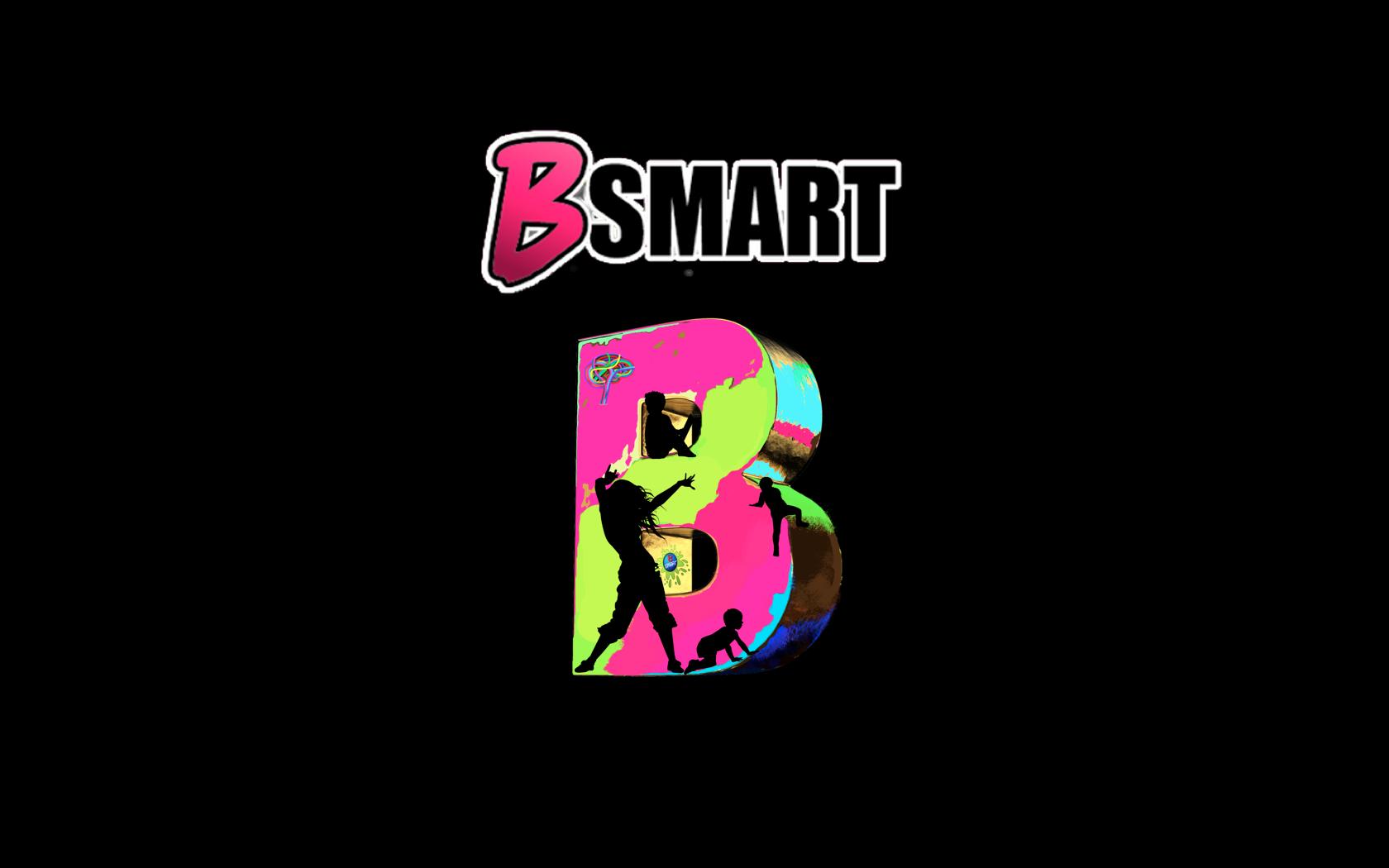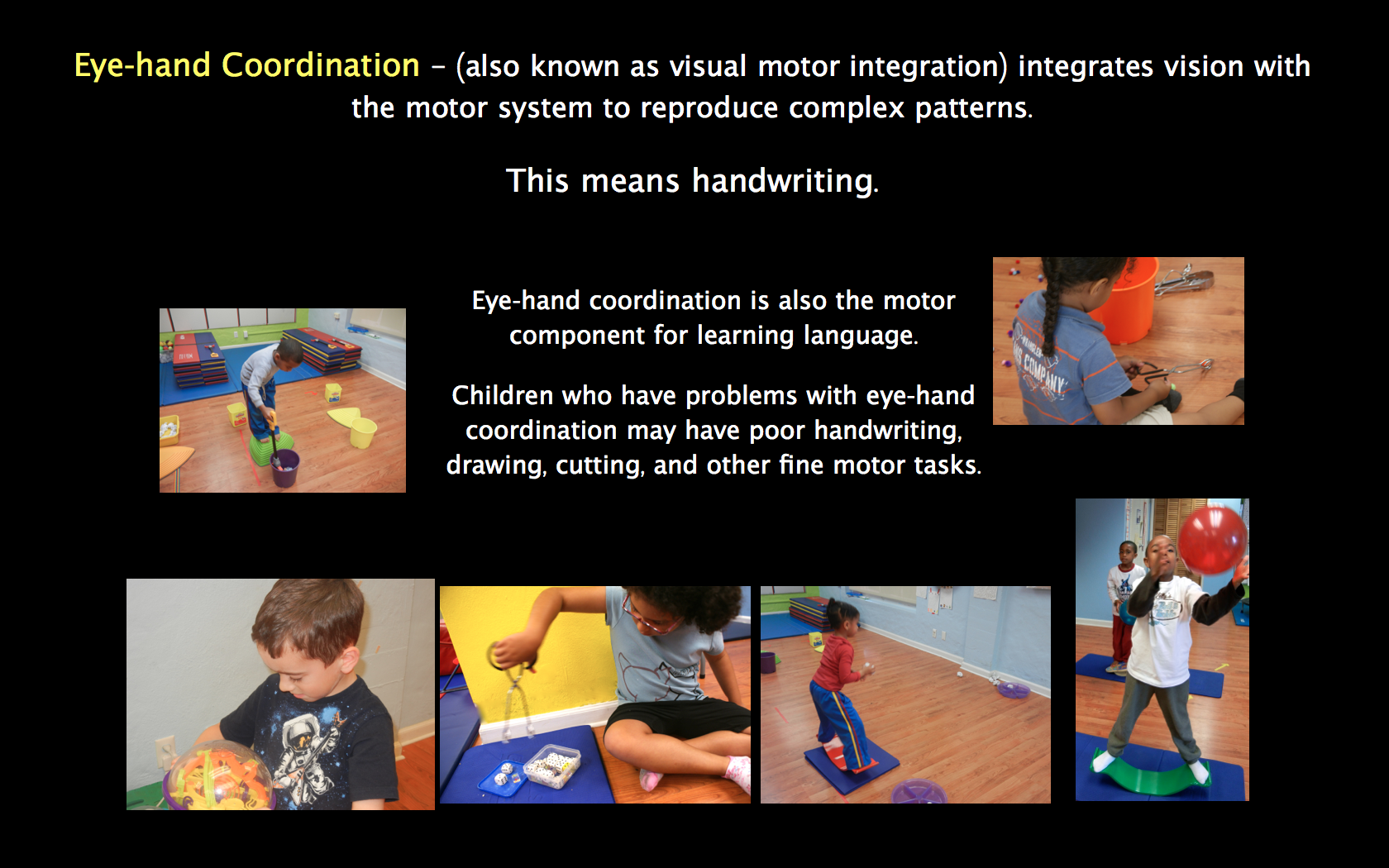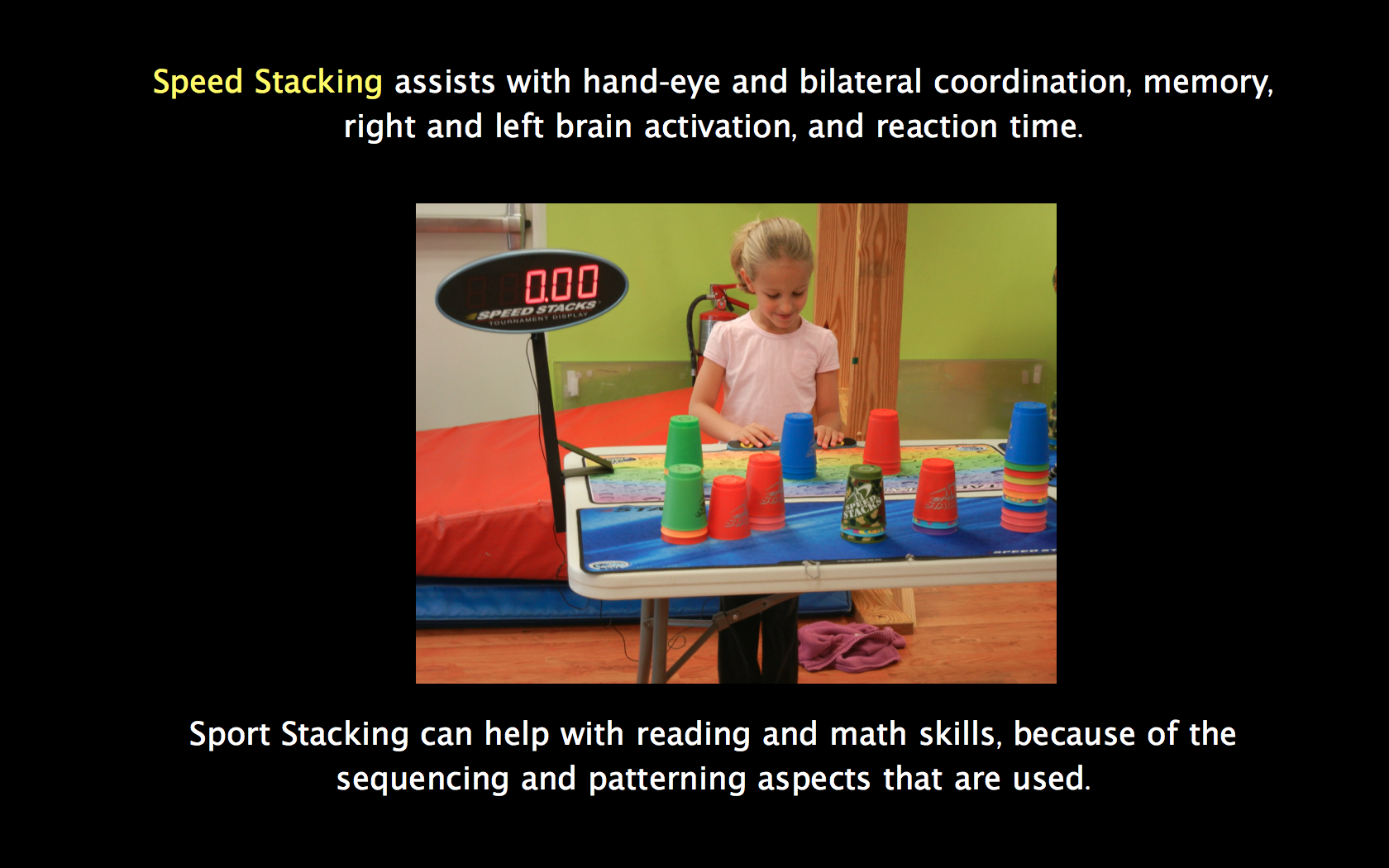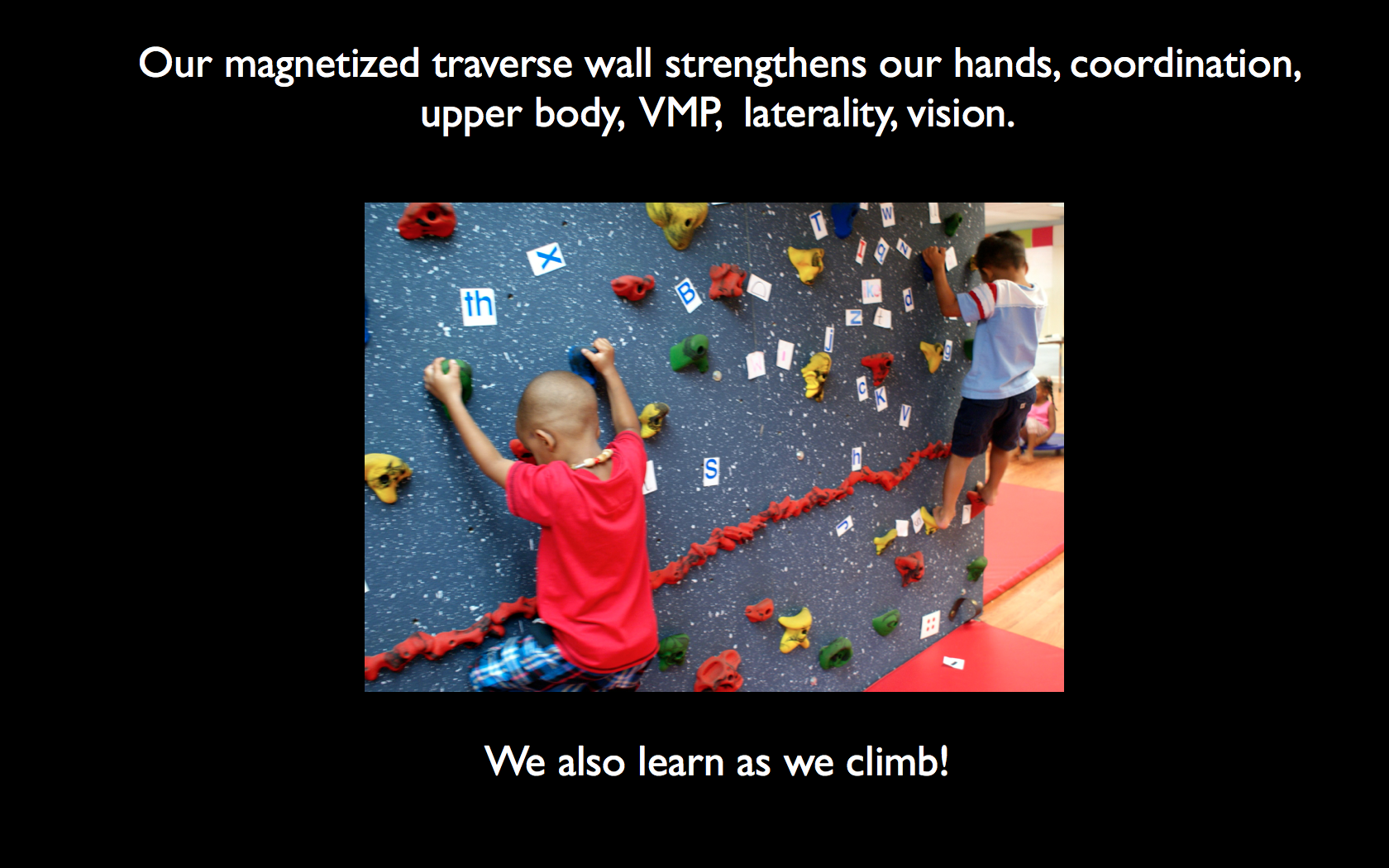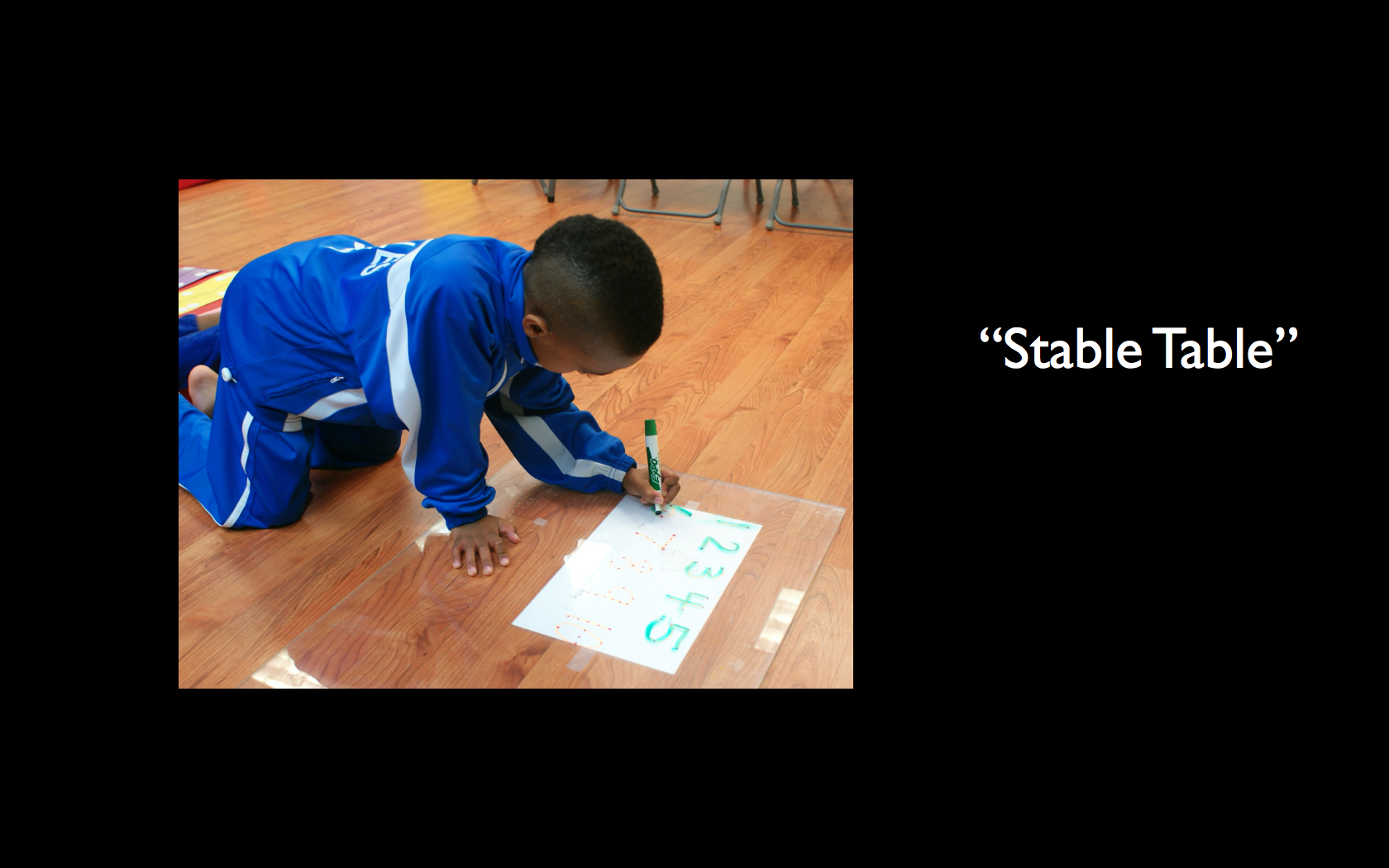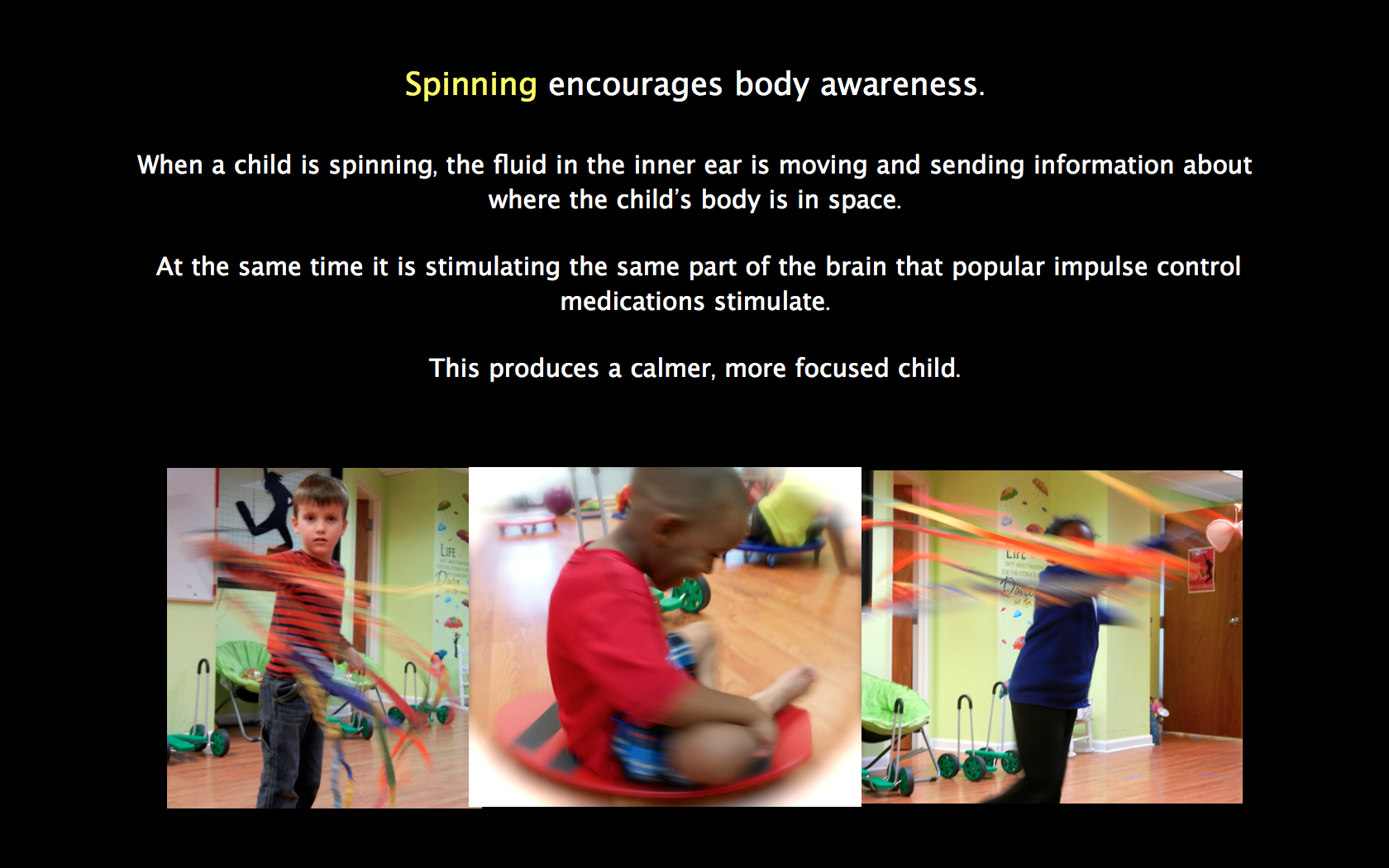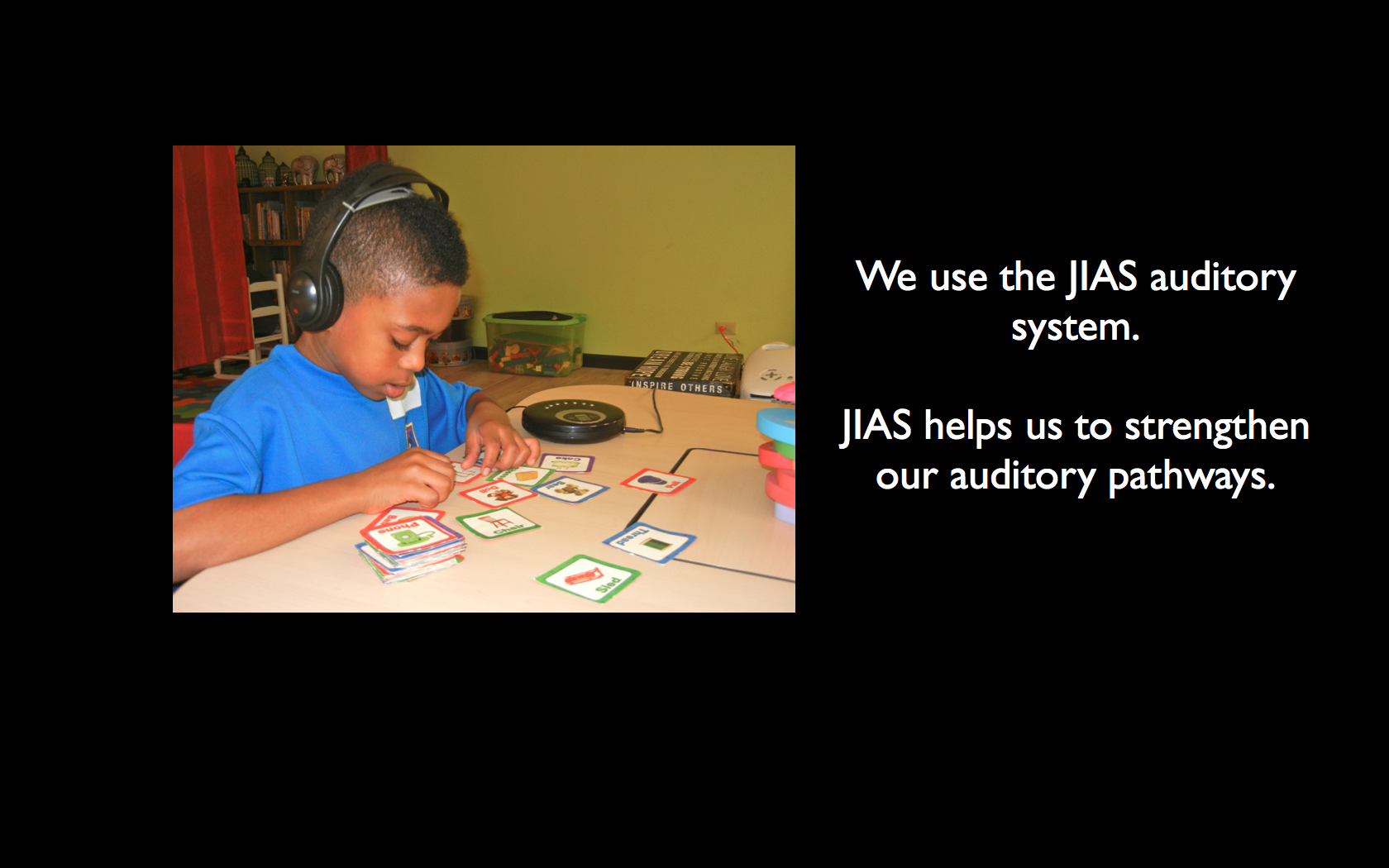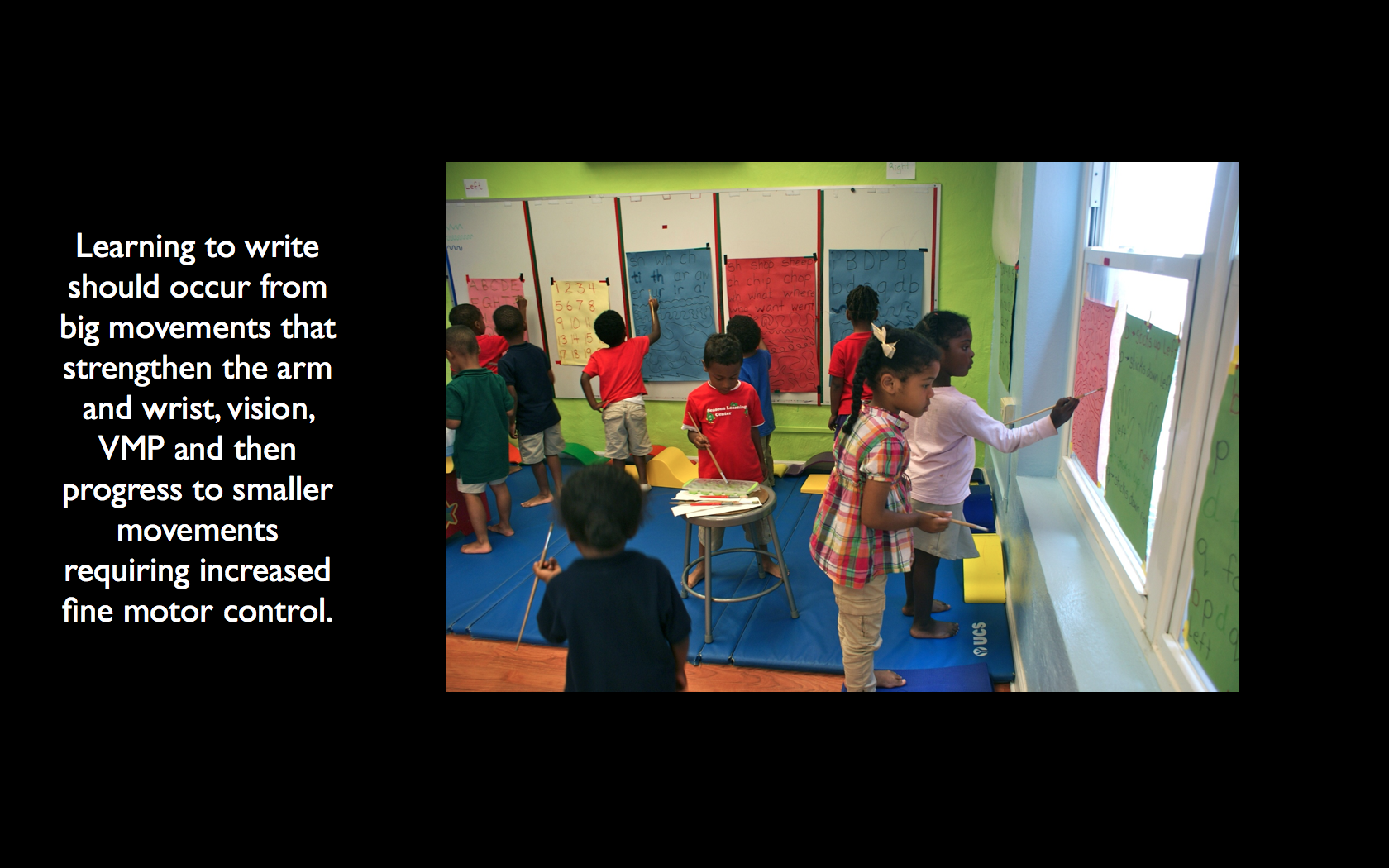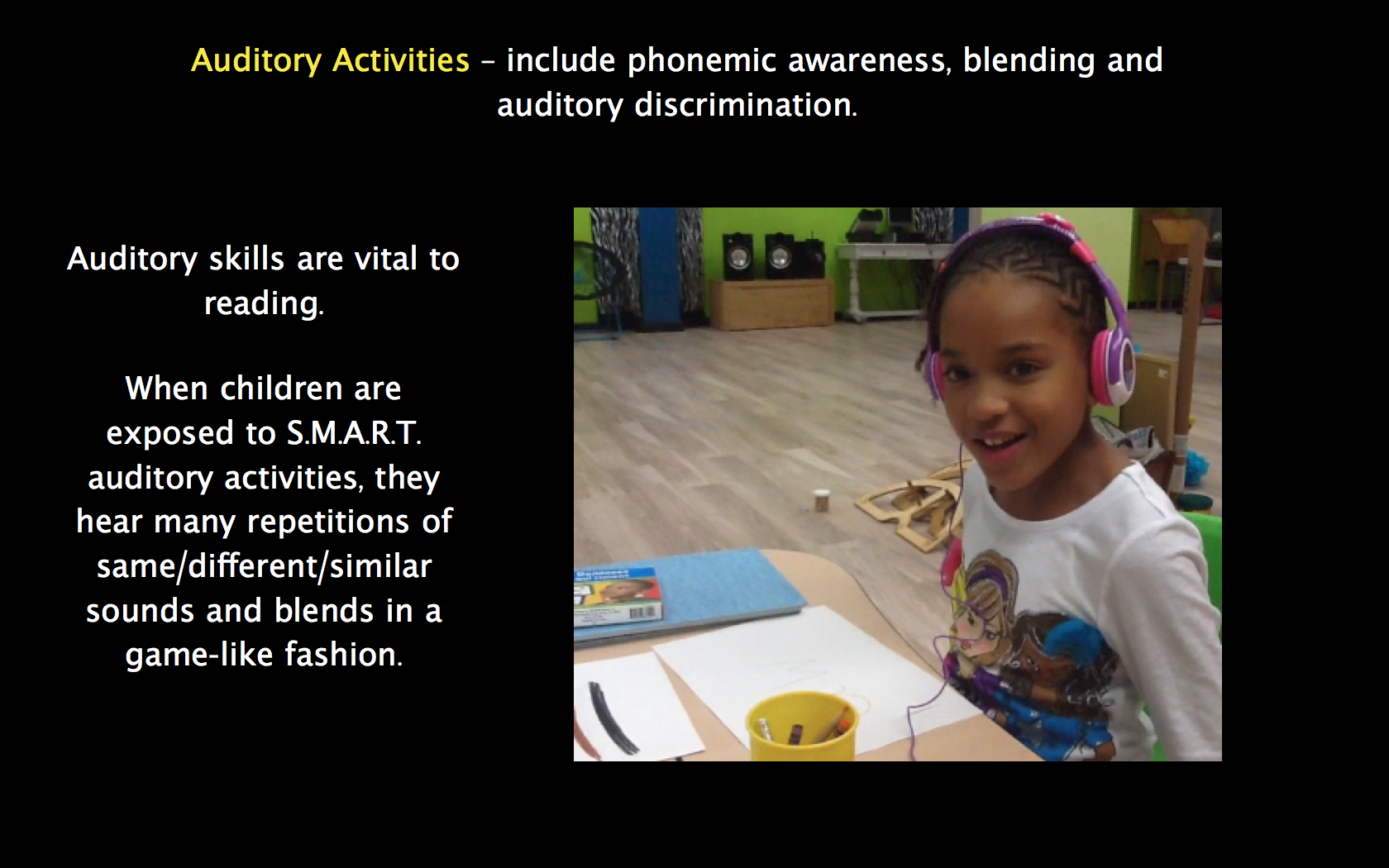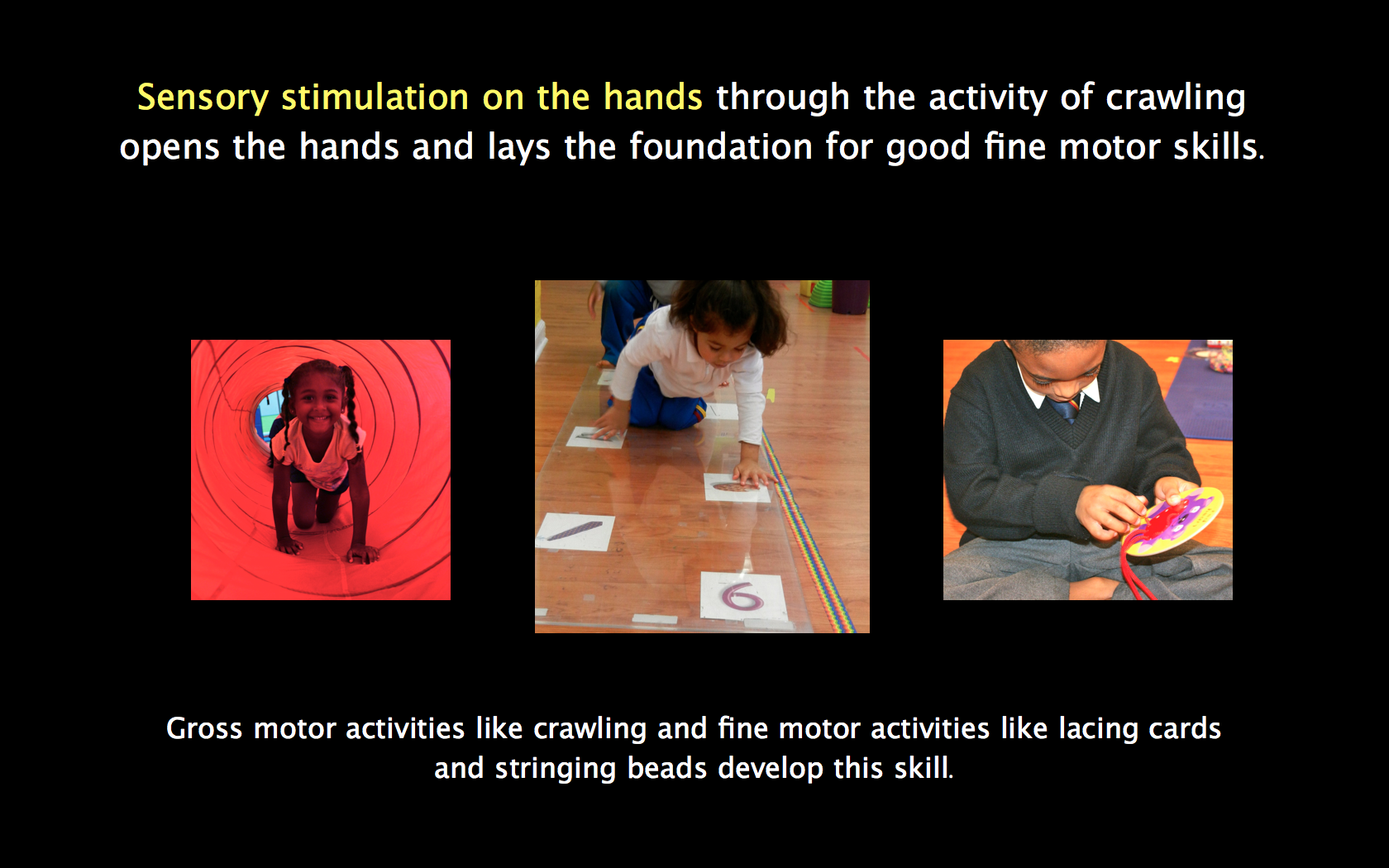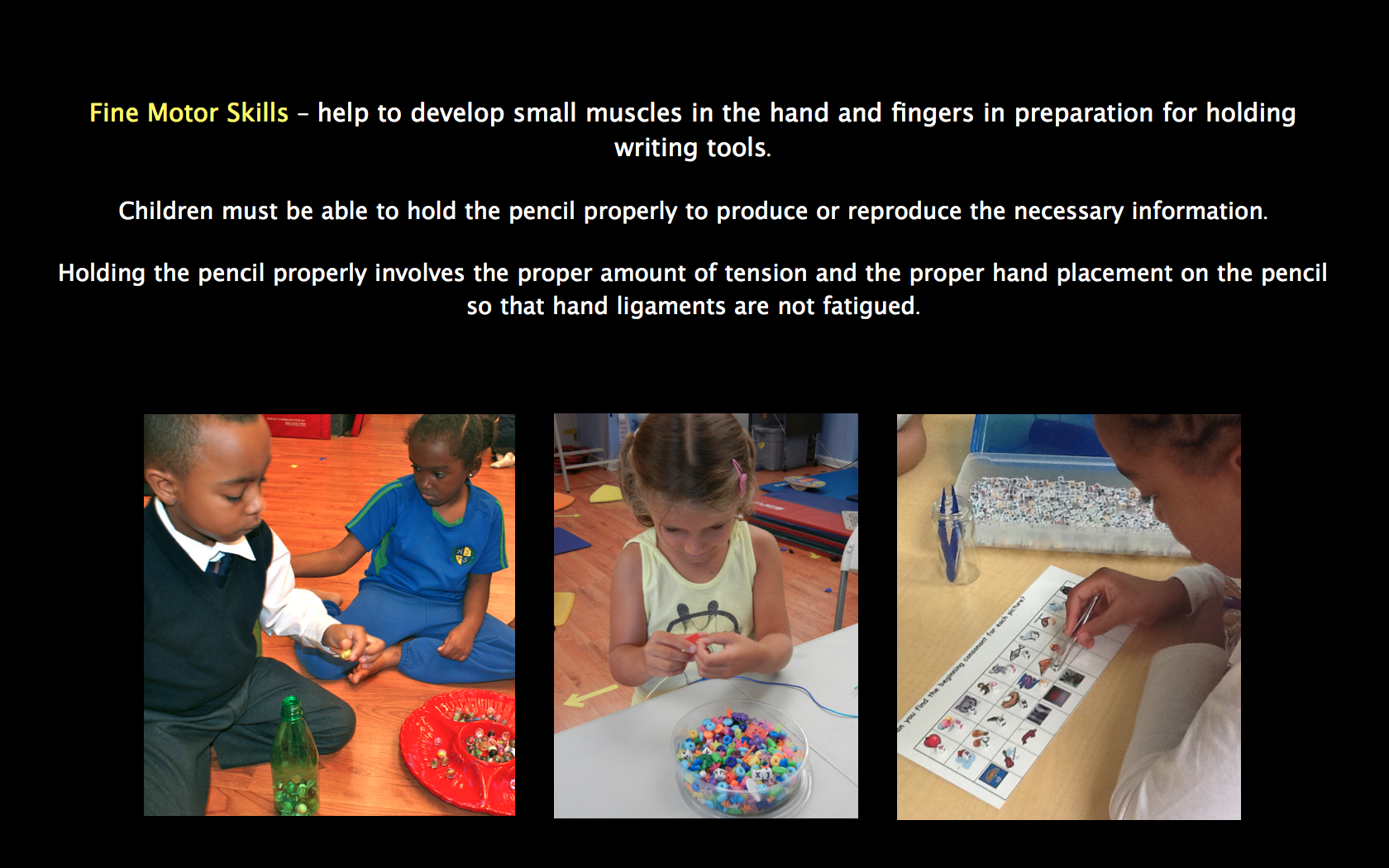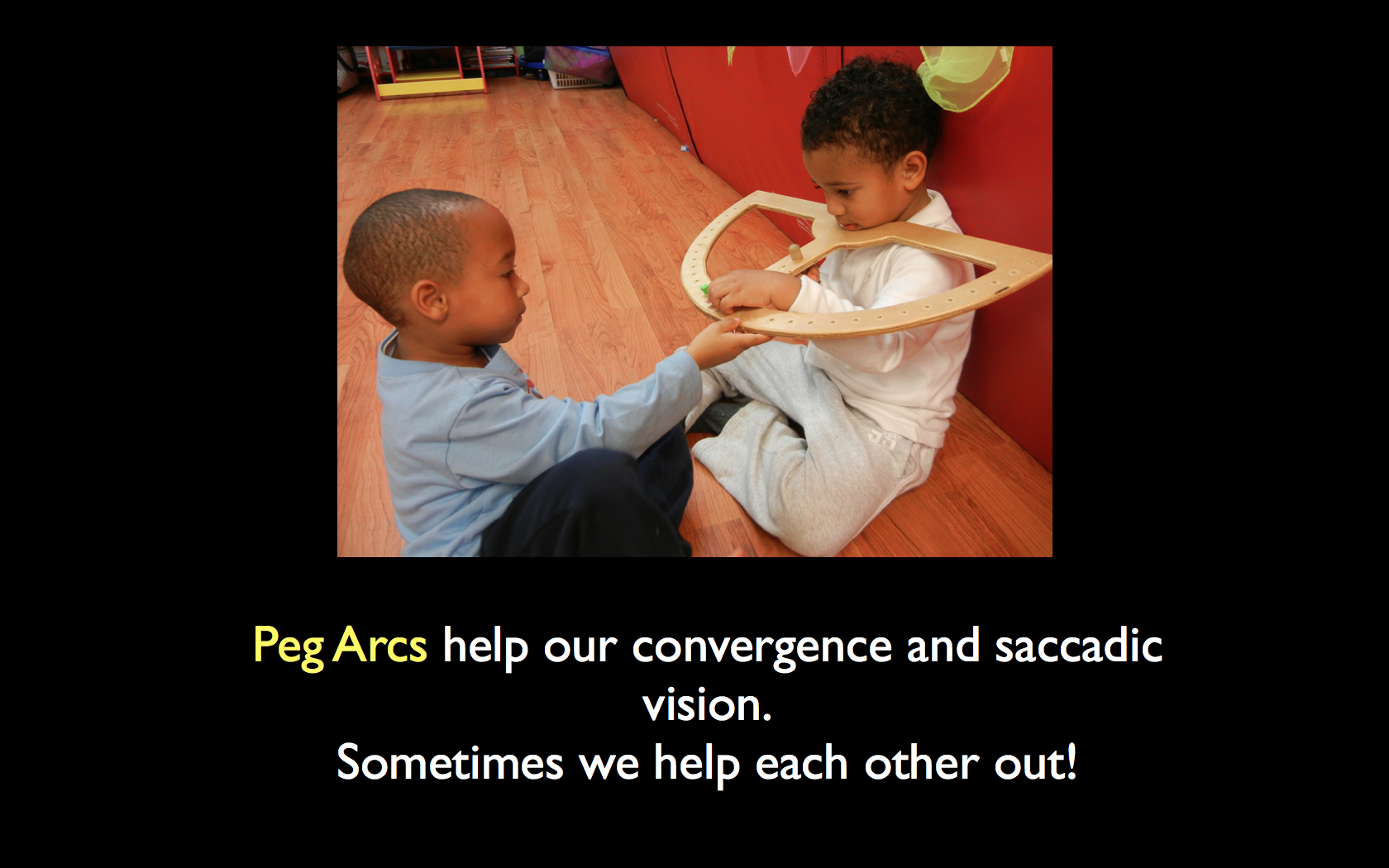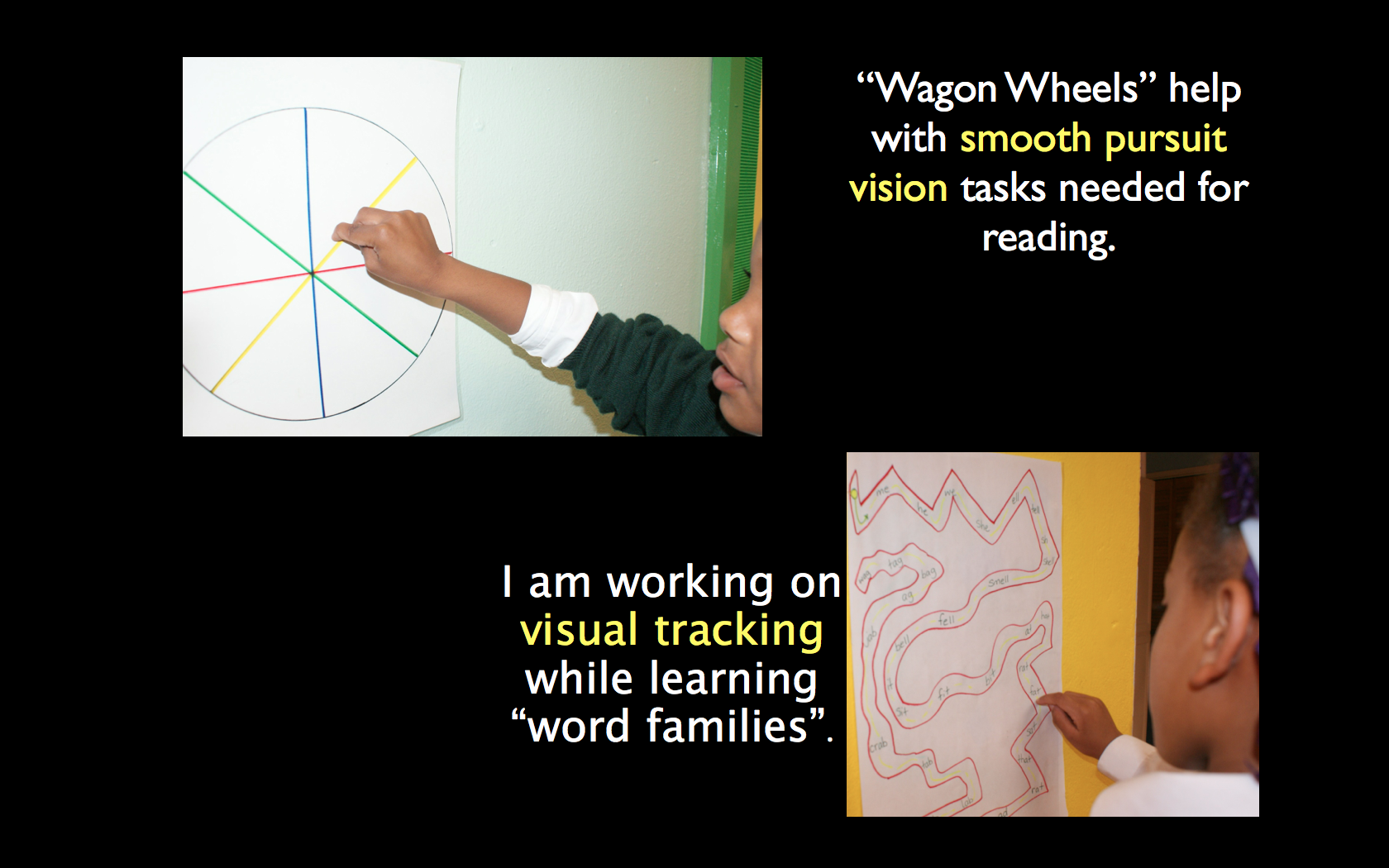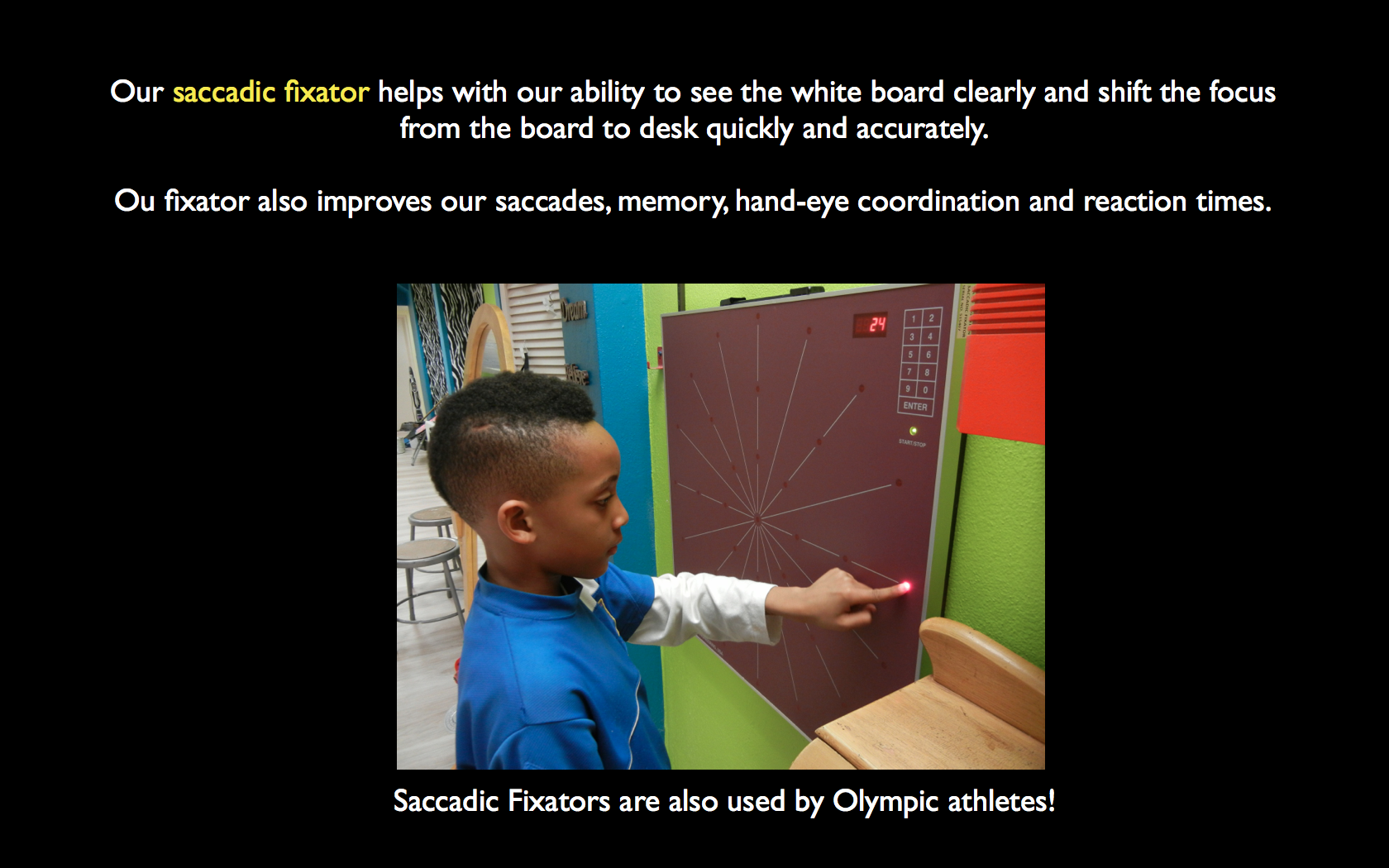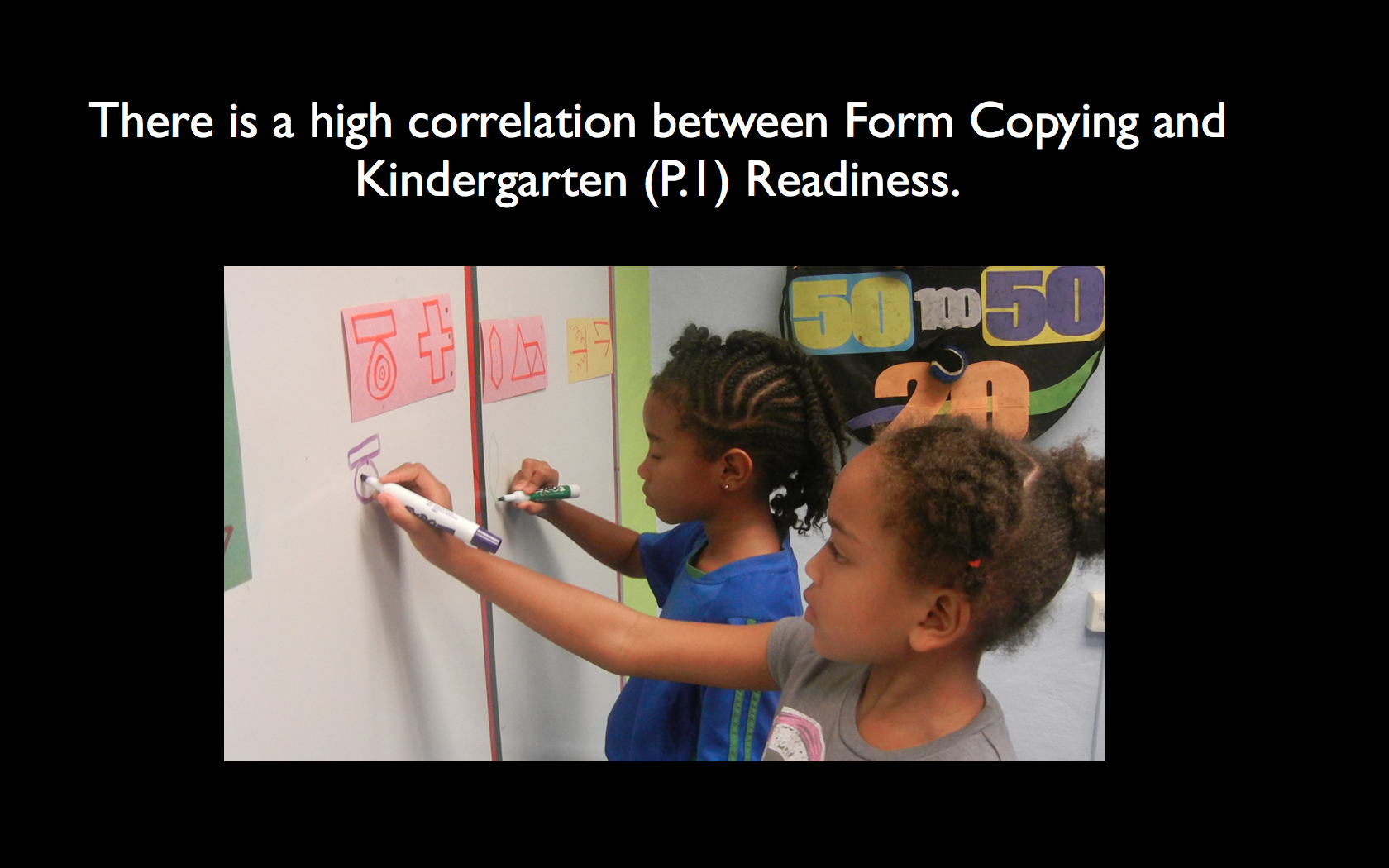What is S.M.A.R.T.?
Our “Flagship” program is called S.M.A.R.T.
Stimulating Maturity through Accelerated Readiness Training
Our S.M.A.R.T. program engages children in a comprehensive program that provides them with the readiness skills and the foundational development they need to excel in learning and beyond.
It is a program that benefits ALL children.
ATTENTION, ACQUISITION, RETENTION, and PRODUCTION ABILITIES are increased.
The philosophy of SMART is that success or failure begins early and a strong program of readiness stimulation can boost substantial increases in the proportions of children who are ready to respond favorably to academic instruction in the foundational primary grades.
S.M.A.R.T. strengthens neurological and physiological functioning to promote richer connections among neural pathways so that attention, acquisition, retention and production abilities are increased.
The repetition and frequency of these activities create new opportunities for the body and brain to learn in additional ways.
How it works
S.M.A.R.T. is based off of three principles: Frequency, Intensity and Duration.
FREQUENCY: the repetition of multi-sensory input of material or information through different activities
INTENSITY: the high quality of participation and active involvement of the students
DURATION: the consistent amount of time spent in a program of at least 80 hours to produce a change in the body and brain
Our body systems work in cooperation with one another, not in isolation. By engaging children in a comprehensive program, we are able to address all of their underlying difficulties in a social and fun setting. The children interact in a large motor workout with organized movement that increases foundational skills such as balance, coordination, reflex integration, kinesthetic awareness, visual skills and auditory skills. When this foundation is strengthened, children find it easier to be successful in school, their social lives and in everyday functions.
Why it works
S.M.A.R.T. works because certain kinds of exercises can produce chemical alterations that give us stronger, healthier and happier brains, equipping us to think, remember and learn. Due to the comprehensive and intensive programming of S.M.A.R.T., children's bodies and brains make quick permanent neurological changes that make learning and overall functioning easier.
This program is unique because it works at the base of the learning pyramid and “fills in” the foundational cracks to increase readiness and ease for higher-order tasks.
Williams Shellenberger Learning Pyramid
Why do children need BSMART’s S.M.A.R.T. programs?
For decades, it has been falsely assumed that all children are physiologically and neurologically prepared for education the moment they step foot into a Kindergarten/Primary One classroom. No thoughtful consideration has been given to each child’s unique individual development, which is determined by genetic makeup, quality of life, and exposure to stimuli—not necessarily chronological age. This is a fundamental problem with our early educational philosophy.
For various reasons, many children start school lacking skills needed in order to learn to read, such as listening and speaking skills, visual perception, eye-hand coordination, social interaction patterns, attention to following directions, pencil-paper skills, gross and fine motor skills and self confidence in the face of challenges. The future of too many young students is jeopardized because they are expected to learn prior to being physiologically and neurologically ready; not all young minds and bodies are prepared for the stress of school at age five.
Our program is unique because it works at the base of the learning pyramid, and “fills in” the foundational cracks to increase readiness and ease for higher-order tasks
How does S.M.A.R.T. develop the “whole” child?
While the main focus of the S.M.AR.T. program is brain development and learning growth, ACTG’s S.M.A.R.T. programming recognizes the multi-faceted nature of learning achievement gaps and the interconnectedness of problems. These “outside” factors that contribute to the overall well being of a child include family stability, history of illness, allergies, visual and auditory deficits, and many more.
S.M.A.R.T. allows young students to progress at their own rate. It stresses the importance of prevention and natural development. S.M.A.R.T. interventions provide neurological and physiological stimulation that allow the child to learn automatic functions that are vital to success in the classroom. The S.M.A.R.T and neurotechnology programs and services were developed by ACTG’s professional therapists to treat the whole child and strengthen the many dimensions of education.
Is S.M.A.R.T. just another brain- based program?
There has been a lot of “buzz” about brain-based learning in the world of education. This is is not just another brain- based program, S.M.A.R.T. and and Pre-K S.M.A.R.T. are brain stimulation programs. The approach is developmental meaning, while there may be a classroom of 4-year olds, developmentally they may be from 1 to 4 years old. Often times a parent will say “ I know he/she’s capable, he/she’s just not trying hard enough.” That may be a child who IS capable, but developmentally, he or she is just not yet able to take in and process information efficiently.
Why is brain stimulation important and how does it work?
Today’s increasingly strict child safety and liability laws have resulted in less brain stimulation and more academic struggles for young students. Heightened restrictions on car seats, the rising popularity of stationary swings, and the declining use of playground equipment are all current trends that inhibit movement and contribute to the growing number of infants and toddlers who do not receive enough exposure to stimuli that activate the brain’s neurons—the messengers of the mind. Concerns of injury to young children have actually caused more harm than good. Minds are suffering from a lack of exercise and students enter school out of shape and unprepared. Research has demonstrated that children who receive less brain stimulation, many of whom come from disadvantaged backgrounds, experience more academic struggles than their peers.
Brain stimulation works to increase neurological activity and train the brain stem to perform automatic tasks. In the stimulation process, the brain produces a sheath of myelin around the axon of neurons to strengthen electrical impulses and speed up the transmission of messages to other neurons. Increased stimulation results in additional layers of myelin and an improved ability to process information quickly. Heightened neurological activity allows a young student’s mind to be more deeply engaged in academic material and learn with greater ease.
How does S.M.A.R.T. assist with achievement?
The best way to help children is to give them tools to be successful. Upon entering school, many students lack the readiness skills that allow them to focus on learning in the classroom, which causes feelings of frustration and anger that ultimately lead to apathy. BSMART’s programs are specifically designed to help children in this situation. In addition, ACTG and BSMART understand that, of all academic skills, reading is paramount. Illiterate individuals can no longer find employment in today’s world. Trained and experienced professionals know how to identify readiness issues in young children and correct them before the brain reaches maturity.
Why do some children learn more slowly than others?
We believe that the primary reason some children learn more slowly than others is a lack of brain stimulation. Proper physiological and neurological development depends on visual, auditory, and tactile exposures. Young minds that do not function quickly have not received enough exercise. It usually means that the brain cortex, which controls conscious motor activity, is working overtime to process material that the brain stem, which regulates unconscious motor activity, has not been trained to handle yet. Basic functions that are conducted by the vestibular and proprioceptive systems, which are responsible for balance and movement, must become involuntary for the child to learn.
If the cortex is engaged in unconscious tasks, it is unable to perform its normal duties. For instance, most infants and toddlers receive sufficient brain stimulation to automatically move their eyes from left to right across a page for reading; however, when a child’s cortex is required to do that seemingly simple task, a function that the brain stem should administer, it cannot simultaneously direct those eye movements and comprehend the material. S.M.A.R.T. trains the brain stem to perform its normal tasks without involving the cortex.
Why do parents and teachers need to understand development and the importance of multi-sensory brain stimulation in young children?
Parents and teachers need to understand brain development in order to prevent learning disabilities in young children and raise them to their highest potential. In a world dominated by television, computers, and video games, infants and toddlers are receiving less brain stimulation and developing more learning disorders. During these passive activities, children are indoors, sitting down, and staring at a stationary object; they are not outside being exposed to natural elements and receiving the multi-sensory brain stimulation that they need for healthy development. A renewed emphasis must be placed on physical movement. While visual, auditory, and tactile exercises are crucial, activities that stimulate the vestibular and proprioceptive systems, which control balance and movement, like creeping, crawling, and spinning, are equally important.
Repetition of movement exercises is healthy for the brain because it increases the production of myelin, which enhances brain activity, and allows the mind to learn and establish automatic functions. For instance, when reading, the brain stem must have the ability to perform unconscious tasks, such as eye movement and word recognition, so that the brain cortex may comprehend the material. If a child’s mind has not been trained to perform these foundational skills, he or she has a significantly higher risk of developing a learning disability. ACTG understands the significance of physical movement to brain stimulation and incorporates multi-sensory activities into all of its programs and services.
Sadly, more often than not, these struggling students become frustrated and develop behavioral or motivational issues. Many get labeled a “bad kid” for reasons they cannot control.
Over the past decade there has emerged a growing trend and strong consensus that early childhood development is a national and in many instances global priority, that early intervention is critical to reducing disparities in language acquisition and learning readiness, and that reducing educational disparities is critical to future economic prosperity and growth. However, while there is strong agreement that more early childhood programming is needed, there is little agreement on “how” to intervene.


